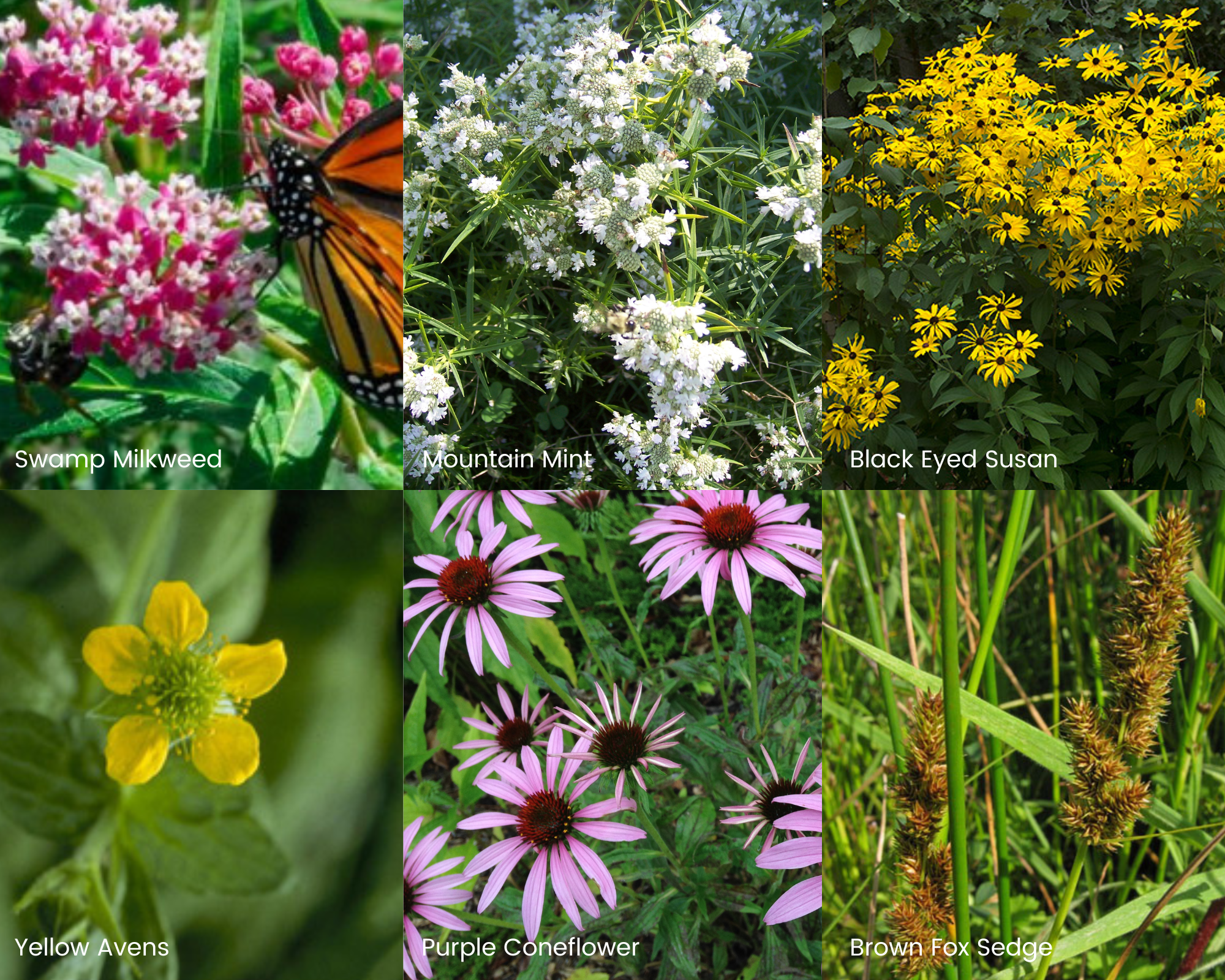Silky Dogwood
Silky Dogwood
from $3.00
Size: 12-18"
Age class: 1-0
Bundle:
Quantity:
This round-shaped shrub is beneficial for enhancing streambank habitat, erosion control, and supporting biodiversity in naturalized landscapes. Although it is occasionally exposed to pests and diseases, silky dogwood is known to be resilient to those types of threats and they are generally of low-impact to the plant. This species provides food and shelter to wildlife and supports a large number of native bee species.
BUNDLE BREAKDOWN:
Per-bundle pricing displayed below. Multiple-bundle pricing reflected in shopping cart.
Bundle of 5: $17
Bundle of 10: $26
Bundle of 25: $50
Bundle of 50: $81
Bundle of 100: $134
STATS ON SILKY DOGWOOD
Mature Height: 6 - 10 feet
Mature Canopy Width: 6 - 10 feet
Soil Type: Moist, poorly drained, coarse
Moisture: Intolerant of drought
Sun: Shade tolerant
Growth Rate: Medium
KEY CHARACTERISTICS OF SILKY DOGWOOD
The stems of this species change color over the course of the year and the plant’s life, which helps differentiate them from red-osier Dogwood (cornus stolonifera). During the cold season, stems are bright red. These fade to reddish-brown during the summer. As the plant ages, stems stay reddish-brown year round and eventually turn grey
White flowers that bloom in June pave the way for clusters of blue fruit (drupes) that mature in September
Leaves are opposite, oval shaped, and between 2 - 4” long
DID YOU KNOW?
In natural environments, the stems of silky dogwood that touch the ground can form root nodes that develop new plants and create thickets. If you are growing this shrub in a garden setting, prune low-hanging stems to prevent them from spreading to undesirable locations.
The name of this species comes from the silky appearance of the hairs that grow on its twigs and leaves.
Silky dogwood is known to be resistant to black walnut toxicity. Black walnuts produce a chemical, juglone, that is known to cause symptoms such as yellowing leaves, wilting, and even death when other species are planted nearby.
VISITORS ATTRACTED TO SILKY DOGWOOD
Sunflower miner bee (Andrena helianthi) by Diane Wilson
Red Fox (Vulpes vulpes) by Malene Thyssen
Black-capped chickadee (Poecile atricapillus) by Brendan Lally


















